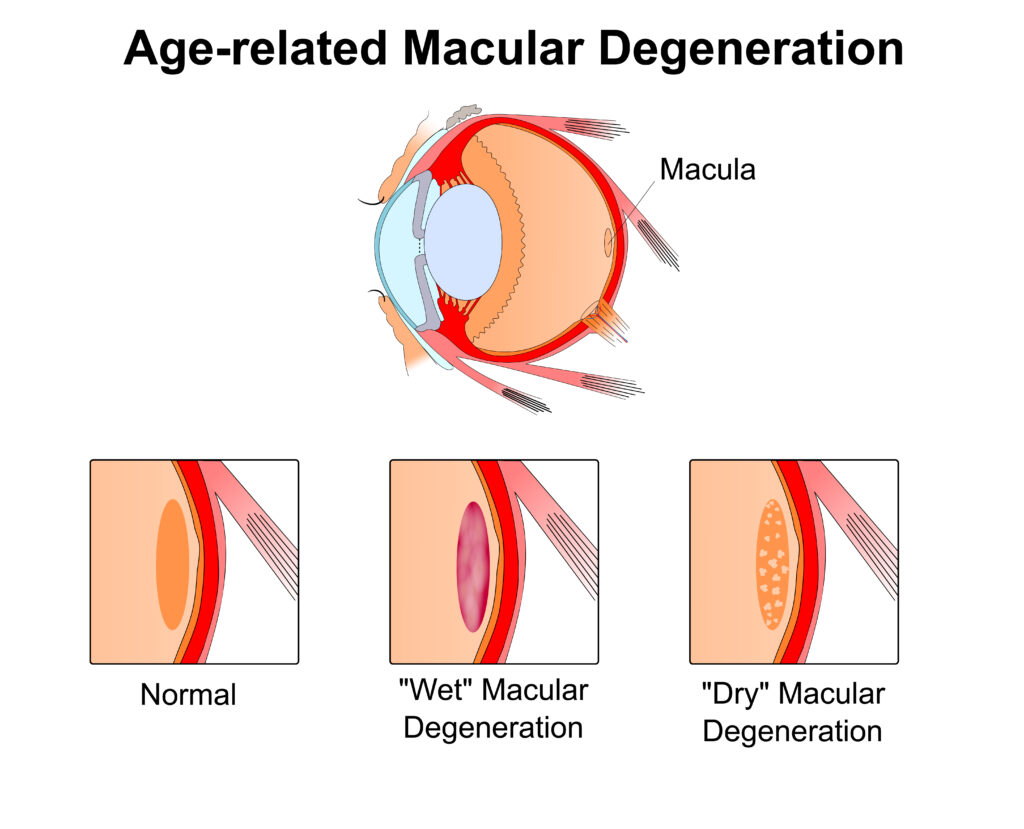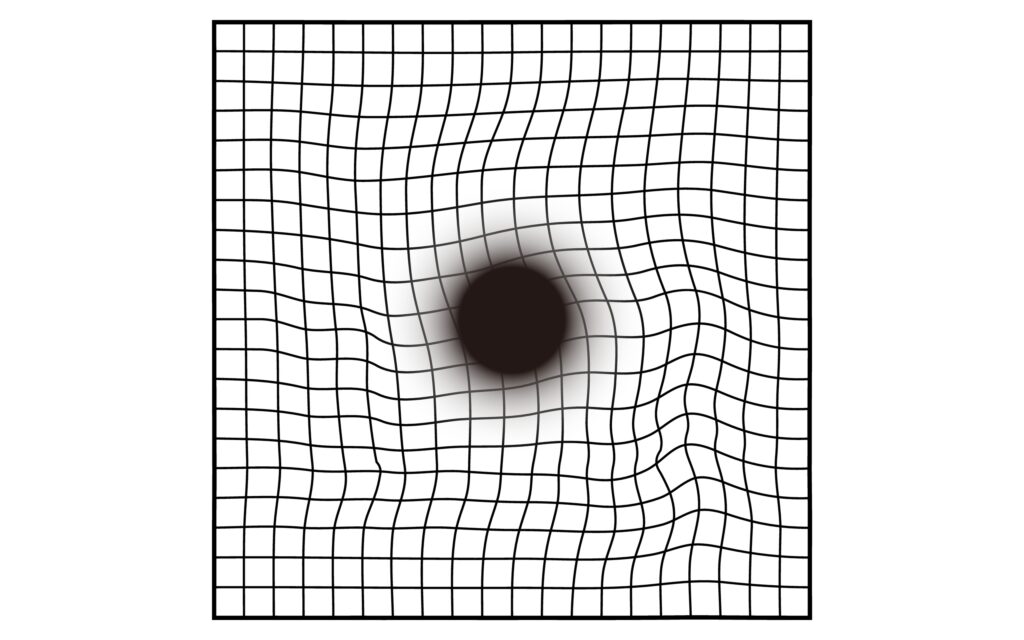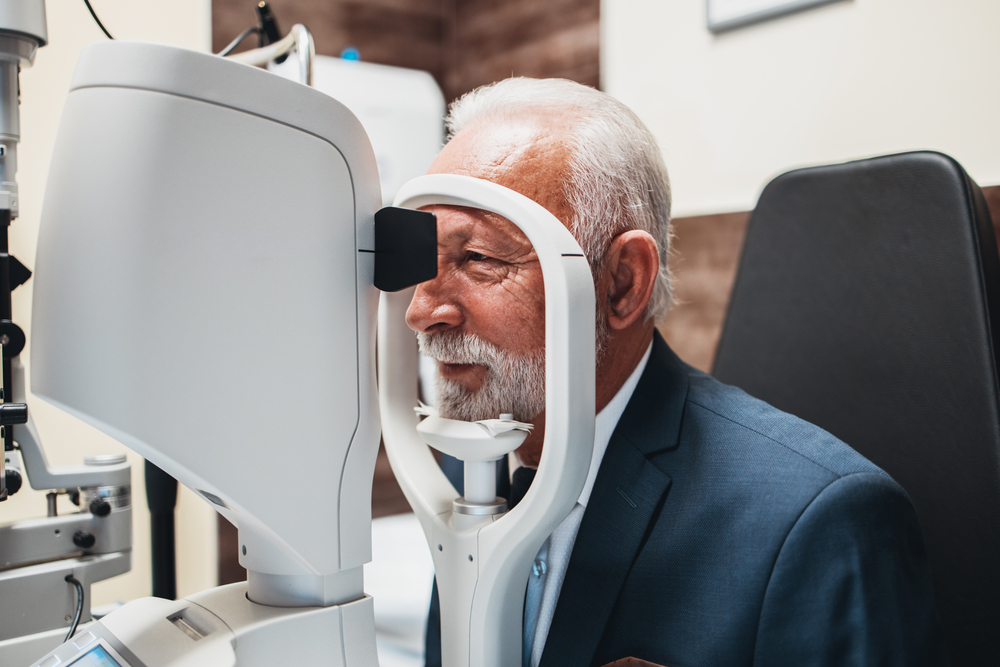As you get older, your risk of developing certain eye conditions increases. Your eyesight changes with age and can lead to deterioration in vision.
One vital area that can be affected by several eye conditions is the retina. The retina is the thin membrane on the back of the eye that contains photoreceptor cells.
These cells translate the light that passes through your eye into impulses sent to your brain, allowing you to see and comprehend the things around you. The middle of your retina is called the macula.
The macula is especially important as it allows you to see what’s directly in front of you. But, certain eye conditions can affect the effectiveness of the macula.
One of these eye conditions is macular degeneration, which can lead to progressive vision loss. When you’re diagnosed with macular degeneration, it doesn’t necessarily mean you’ll go blind.
However, it is essential to receive a diagnosis if you have macular degeneration. Keep reading to learn more about macular degeneration, its causes, how it affects your vision, and what to expect after a macular degeneration diagnosis.
What is Age-Related Macular Degeneration?

Macular degeneration is often referred to as age-related macular degeneration or AMD. This is because the primary cause of macular degeneration is simply getting older. There are two kinds of age-related macular degeneration. However, of the two, one is more common than the other.
Dry Age-Related Macular Degeneration
Dry age-related macular degeneration is more common than the wet form. It occurs when yellowish deposits called drusen build up under the macula.
This buildup can eventually cause the macula to become thinner, killing off photoreceptor cells. This form of age-related macular degeneration often develops slowly over time or several decades.
Wet Age-Related Macular Degeneration
Of the two forms, wet age-related macular degeneration is rarer than the dry form of the eye condition. Wet age-related macular degeneration can lead to faster degeneration of the macula.
It occurs when the blood vessels supplying the macula grow abnormally, swell, and leak. When this happens, it causes scar tissue formation, killing photoreceptor cells.
Wet age-related macular degeneration can also take years to develop. It can still cause visual problems much faster than dry age-related macular degeneration and often requires prompt intervention.
Long-Term Effects of Age-Related Macular Degeneration

There are similar symptoms associated with wet and dry age-related macular degeneration. The earliest symptom patients typically experience is that straight lines may appear wavy.
Gradually, your central vision becomes more warped and blurry. Eventually, the center of your vision can become completely blank, leaving you with only your peripheral vision.
Damage due to age-related macular degeneration is permanent and irreversible. Any vision lost due to the eye condition is gone permanently and unable to be regained.
This is why it’s essential to schedule eye exams regularly. Eye exams with your ophthalmologist at Williamson Eye Center can spot any early signs of the eye condition, even before you start experiencing any visual symptoms.
Preventing Age-Related Macular Degeneration
Certain people have an increased risk of developing age-related macular degeneration. You’re at higher risk of developing the eye condition if you:
- Consume a high-fat diet
- Have heart disease
- Are a smoker
- Have high blood pressure
- Are over 50
- Have a family history of age-related macular degeneration
Some of these risk factors are things that you can control. The best way to lower your risk for age-related macular degeneration is to live a healthy lifestyle and eat right.
But there’s no way to guarantee that if you do these things, you won’t develop age-related macular degeneration. Some risk factors are out of your control. Luckily, a diagnosis of macular degeneration doesn’t mean the loss of all sight.
Treating Age-Related Macular Degeneration

The best thing you can do, whether or not you’ve been diagnosed with age-related macular degeneration, is to schedule eye exams regularly, especially once you turn 50. If you don’t have age-related macular degeneration, these eye exams are a good way of spotting the eye condition and other eye diseases as early as possible.
If you do have age-related macular degeneration, regular eye exams are a must so your eye doctor can monitor its progression and its impact on your vision. As for treatment, it’s different for dry AMD and wet AMD.
There’s, unfortunately, no proven treatment for dry age-related macular degeneration. However, it does develop slowly, and maintaining a healthy weight, having a low-fat diet, and refraining from tobacco use can slow down its progression.
Your eye doctor can also prescribe you certain vitamins and nutritional supplements that can slow the eye condition down even further and may prevent dry age-related macular degeneration from turning into the wet form. But the most important thing to do when you have dry age-related macular degeneration is to keep on top of things that will keep your eyes healthy and see your eye doctor regularly so they can keep track of how fast the eye condition is progressing.
Although there is no cure for wet age-related macular degeneration, there are treatments available that can significantly slow its progress. You can also have certain medications injected into the eye that inhibit blood vessel growth, called anti-VEGF injections.
There are also laser therapies that can seal off and destroy leaking blood vessels. Depending on the severity of your particular case of wet age-related macular degeneration, your ophthalmologist may recommend one of these treatments or a combination of treatments.
Do you have age-related macular degeneration? Learn more about the treatments available by requesting an appointment at Williamson Eye Center in Baton Rouge, LA, today!



